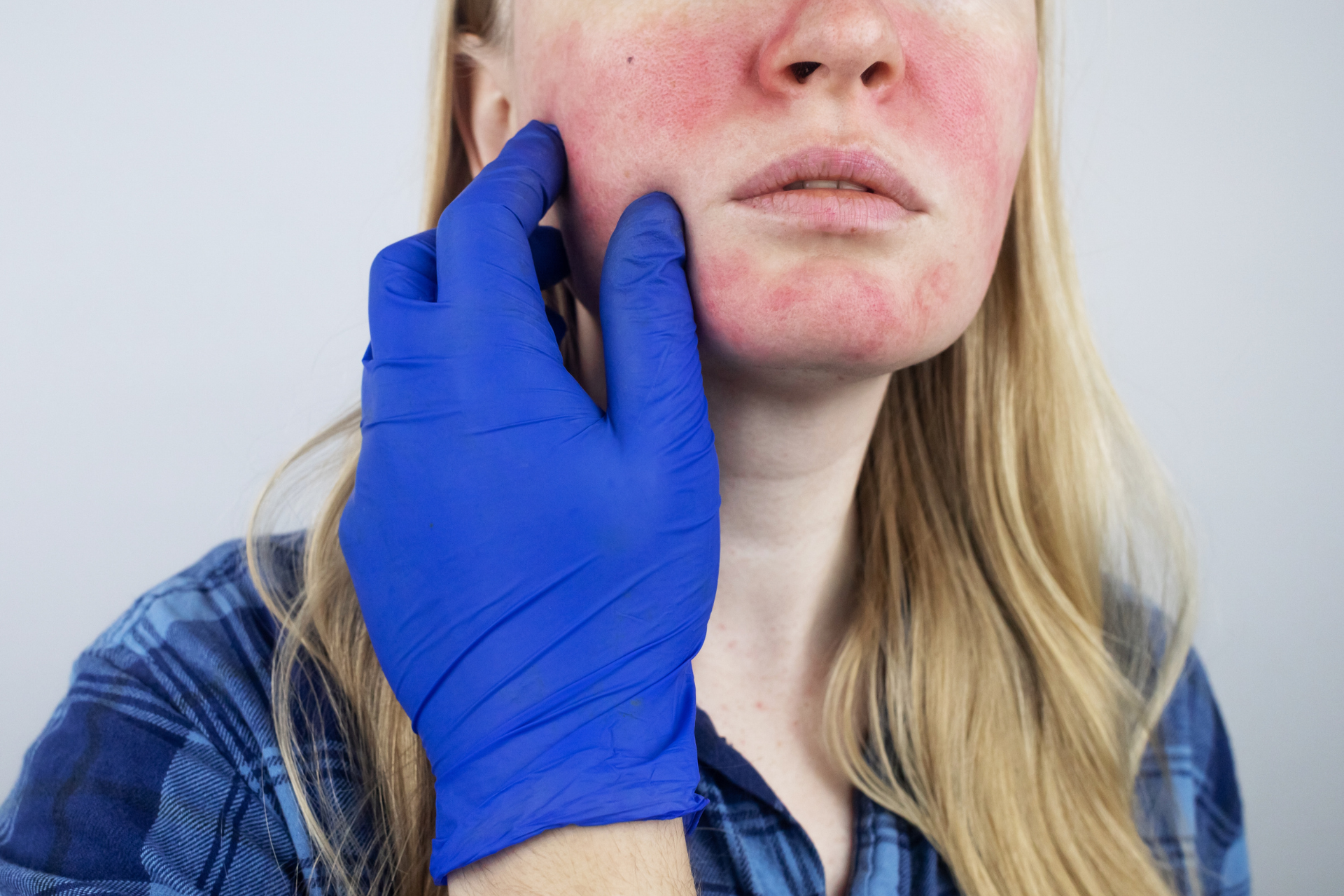Understanding Rosacea: Symptoms, Triggers, and Treatments

Rosacea is a common skin condition that affects millions of people worldwide, yet it remains widely misunderstood. At Fall Creek Skin and Health Clinic, we aim to provide comprehensive care and education to help our patients manage and treat rosacea effectively. In this blog post, we will delve into the symptoms, triggers, and treatments associated with rosacea to improve your understanding of this chronic skin condition.
Symptoms of Rosacea
Rosacea typically manifests in the central part of the face, including the cheeks, nose, chin, and forehead. The most common symptoms of rosacea include:
1. Facial redness
Persistent flushing or redness, often resembling a sunburn, is a hallmark sign of rosacea.
2. Visible blood vessels
Small, red blood vessels may become visible on the skin.
3. Acne-like bumps
Pimples and bumps resembling acne can develop on the face.
4. Thickened skin
In advanced cases, the skin may thicken and develop a bumpy texture.
5. Eye irritation
Some individuals with rosacea may experience dryness, irritation, and redness in the eyes, known as ocular rosacea.
Triggers of Rosacea
While the exact cause of rosacea is unknown, certain triggers can exacerbate symptoms and lead to flare-ups. Common triggers of rosacea include:
1. Sun exposure
UV rays can worsen redness and inflammation in individuals with rosacea.
2. Hot beverages
Drinking hot coffee, tea, or alcohol can trigger flushing in some people.
3. Spicy foods
Consuming spicy foods may lead to increased redness and flushing.
4. Stress
Emotional stress and anxiety can trigger flare-ups in individuals with rosacea.
5. Harsh skincare products
Products containing alcohol, fragrances, or harsh chemicals can irritate the skin and worsen rosacea symptoms.
Treatments for Rosacea
While there is no cure for rosacea, various treatment options are available to manage symptoms and improve the overall appearance of the skin. At Fall Creek Skin and Health Clinic, our experienced dermatologists can recommend personalized treatment plans based on your specific needs. Common treatments for rosacea include:
1. Topical medications
Prescription creams and gels containing azelaic acid, metronidazole, or sulfur can help reduce redness and inflammation.
2. Oral medications
In cases of moderate to severe rosacea, oral antibiotics may be prescribed to control inflammation and reduce papules and pustules.
3. Laser therapy
Intense pulsed light (IPL) and laser treatments can target blood vessels and reduce redness associated with rosacea.
4. Skincare routine
Gentle skincare products and avoiding triggers can help manage rosacea symptoms and prevent flare-ups.
5. Lifestyle modifications
Incorporating stress-management techniques, avoiding known triggers, and protecting the skin from the sun can improve rosacea symptoms.
In Conclusion
Rosacea is a chronic skin condition that can have a significant impact on an individual's quality of life. By understanding the symptoms, triggers, and treatment options for rosacea, patients can take proactive steps to manage their condition effectively. At Fall Creek Skin and Health Clinic, we are committed to providing comprehensive care and support for patients with rosacea and other skin-related issues. Contact us today to schedule a consultation and learn more about our services. Remember, with proper care and treatment, rosacea can be effectively controlled, allowing you to enjoy clear and healthy skin.




